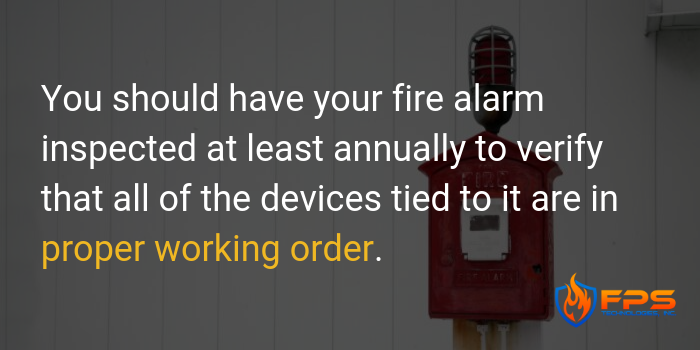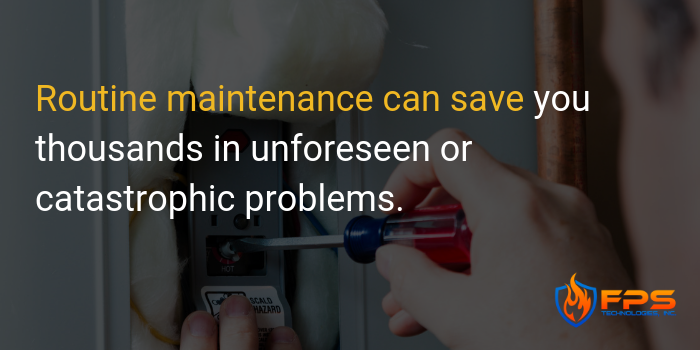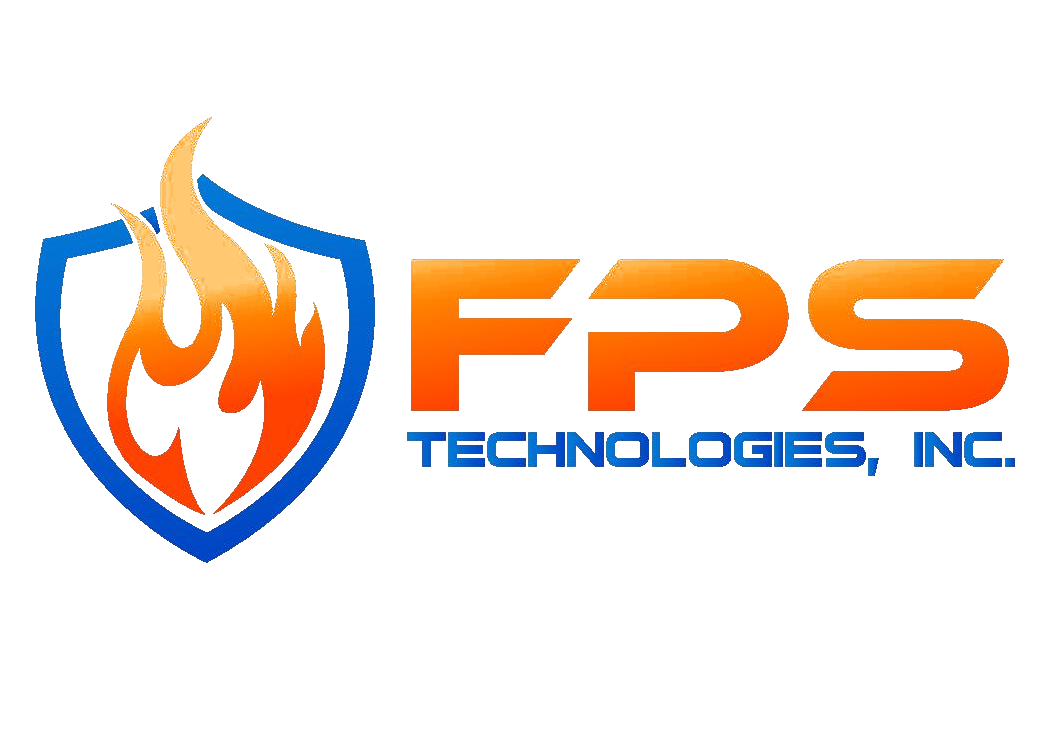Fire protection is critical to a business, and owners and managers want to know that their fire protection technology will work correctly in an emergency. Like any other system or equipment, they need regular inspections and maintenance to ensure that they will perform when you need them.
Types of Fire System Inspections
1. Sprinkler Inspections
A fire sprinkler system needs regular inspection and maintenance. Your system should be inspected at least once a year.
Inspectors place the fire alarm system in “test” mode. Then, they check the fire sprinkler gauges and conduct a main drain test to ensure that there's an adequate supply for the hydraulic design.
Inspectors carefully look at all piping and sprinkler heads throughout the entire building. They look for corrosion on the pipe and sprinkler heads that can result in leaks.
They also look for paint on the sprinkler heads. No paint should be on the sprinkler heads except what is applied at the factory. They also look for obstructions to the sprinkler heads that can affect the spray pattern of the sprinklers.
Inspectors also test water flow to verify that the alarm operates properly and notifies the fire panel that water is flowing. You might see inspectors looking at their watches while doing this to verify that the water flow switch signals the alarm within 90 seconds from when the water began flowing.
2. Alarm Testing
You should have your fire alarm inspected at least annually to verify that all of the devices tied to it are in proper working order. Inspectors also verify that the panel is communicating with the central monitoring station. Most new panels will alert you when they need maintenance. For example, they detect and alert you when they are dirty or when a duct detector battery is low.
3. Pump Flow Testing
A fire pump works through a small sensing line that detects drops in pressure from the fire sprinkler system. If a sprinkler head opens in a fire, the pressure in the line decreases. The sensing line signals the main fire pump to automatically boost the pressure from the city supply to the fire sprinkler system.
You should run pumps weekly (or no less than monthly), and have them inspected every year to verify adequate flow.
During the annual test, water will flow out of the test header. Depending on the pump, this can produce 500 to 3,000 gallons per minute of water flowing outside.
Prepare For Your Next Inspection With The Fire Marshal Checklist
Why Are Fire System Inspections Important?
Business owners and managers handle many issues over the course of the day. The last thing that they need to worry about is whether their fire protection systems will work in an emergency.
Routine maintenance can save you thousands in unforeseen or catastrophic problems. FPS can customize a maintenance plan for your building. We have invested thousands in technology that allows you to see your properties and maintenance schedules from your computer or cell phone. 
FPS also produces reports on deficiencies with attached photos so repairs and maintenance can be handled quickly and efficiently.
Regularly scheduled inspections and maintenance are a cost-effective way to help protect your business and employees. You can also have confidence that your emergency systems will operate properly in an emergency.
For more information or a free estimate, please call FPS Technologies at (405) 842-8708 or email us at support@fps-technologies.com.




